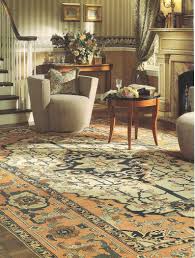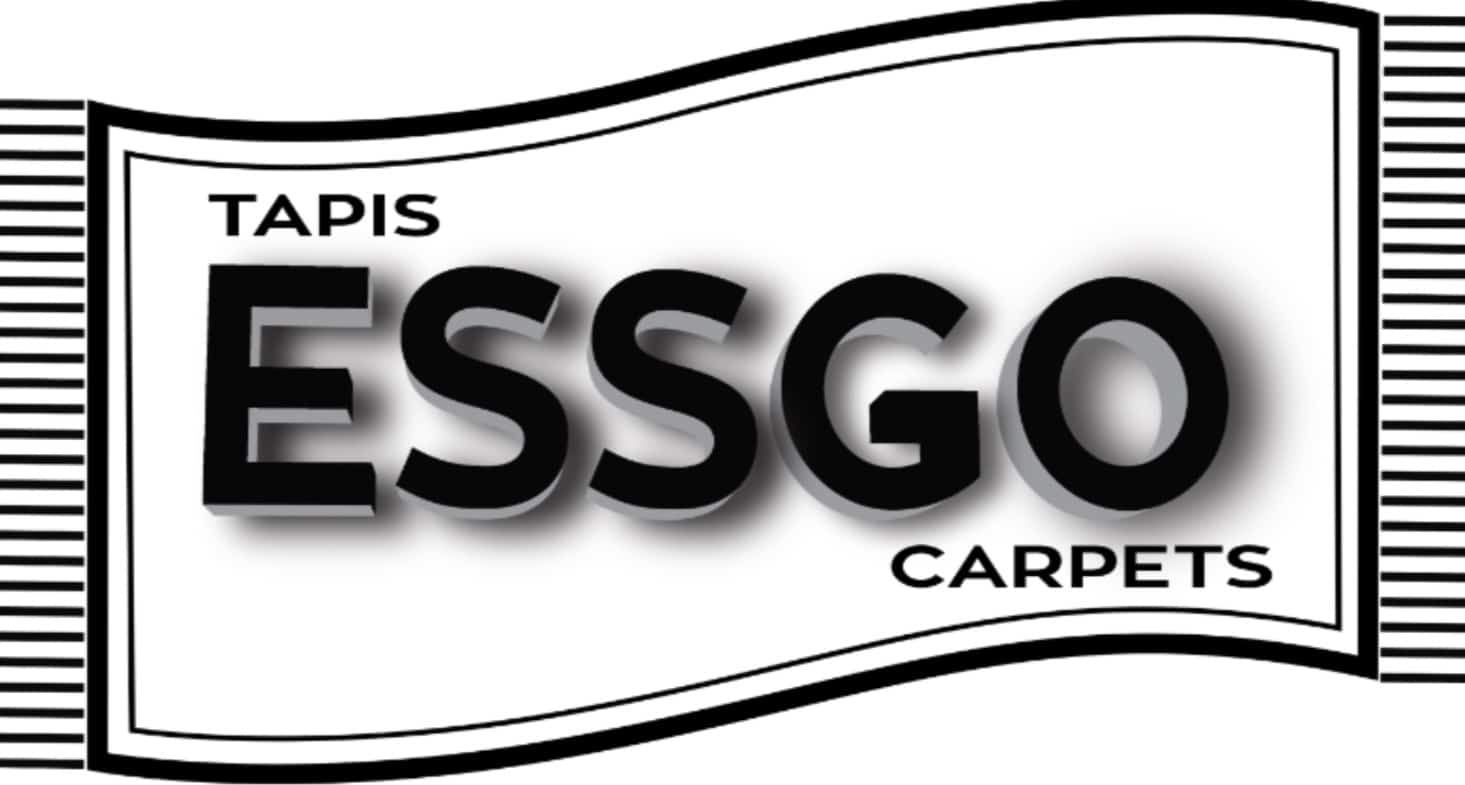The Origin of Serapi Rugs

For hundreds of years, the weavers in villages and small towns of northwestern Iran have created some of the most cherished rugs in the world. Persian rugs of the 16th and 17th centuries are considered the height of rug weaving art, and most of those that survive are now in museums. When the English East India Company negotiated a trading license from Shah Abbas I of Persia in 1616, Oriental rugs became popular in homes, not only in the palaces and mosques of prior years.
One of the weaves from the northwestern district that is admired by Americans is the “Serapi.” However, the identification of Serapis has been the subject of much debate and controversy. The differentiation between Serapis and Herizes is particularly contested.
Even the source of the term “Serapi,” variously known as Sarab, Serabi, or Sirab, is not agreed upon. Rug dealers in Iran have never heard the term, so clearly the term is Western-born. Many feel it follows the usual custom of naming Persian rugs after the place (city, village, or rural area) in which, or the tribe by which, they were made. While some contend there is no such place as Serapi, most agree that Serapi is a Westernization of the name of the village and rural area of Sarab, located in northwest Iran by the Caspian Sea.
However, even if this is the origin of the term “Serapi,” it is not the place where these rugs were made. Fitting to the complicated nature of Serapis, these rugs were made in another area of Iran—the Heriz district near Tabriz. Heriz is one of four major rug weaving centers around Tabriz; the others are Gravan, Mehraban, and Bakhshayish. Rugs from these districts exhibit many similarities.


